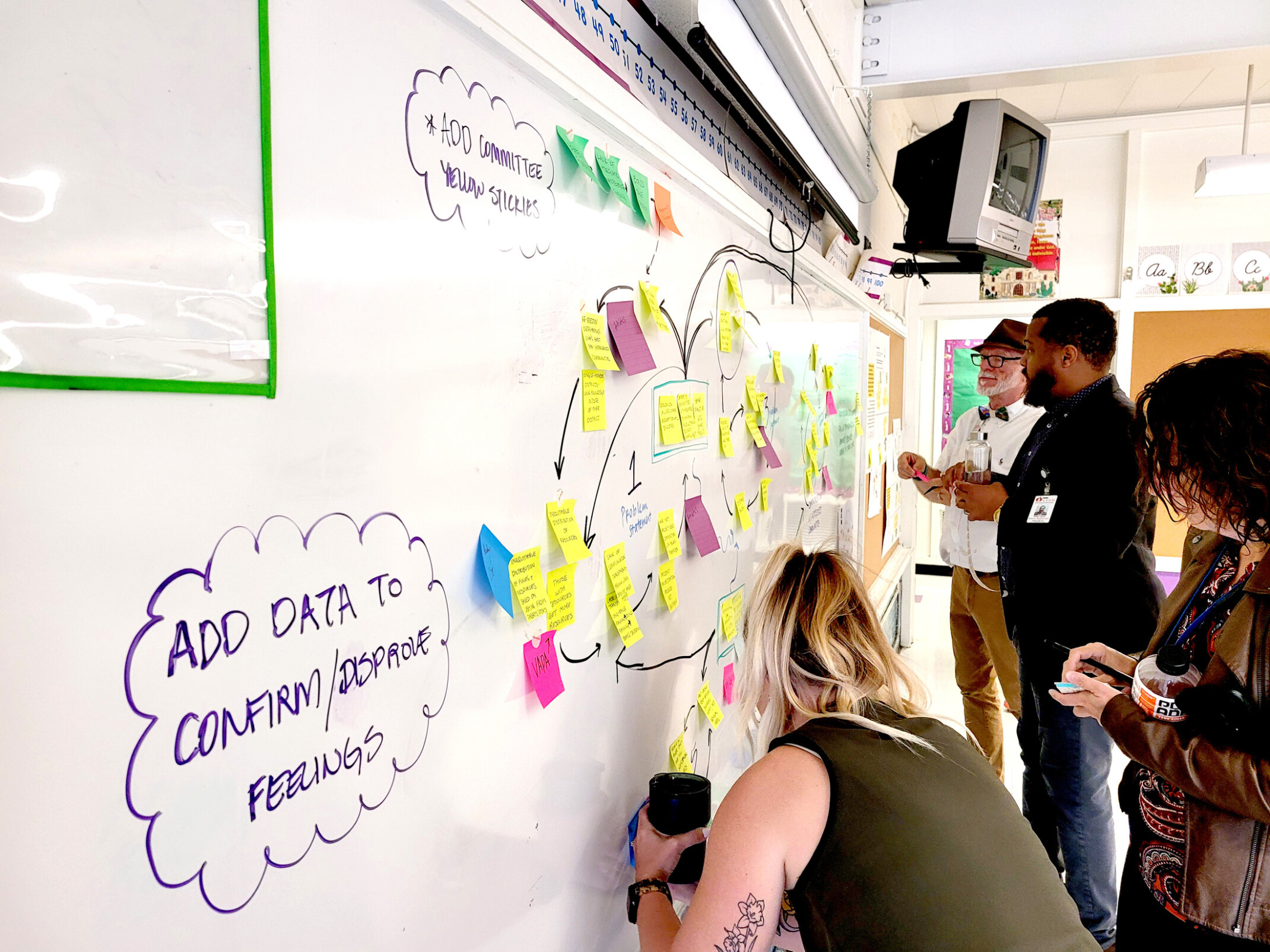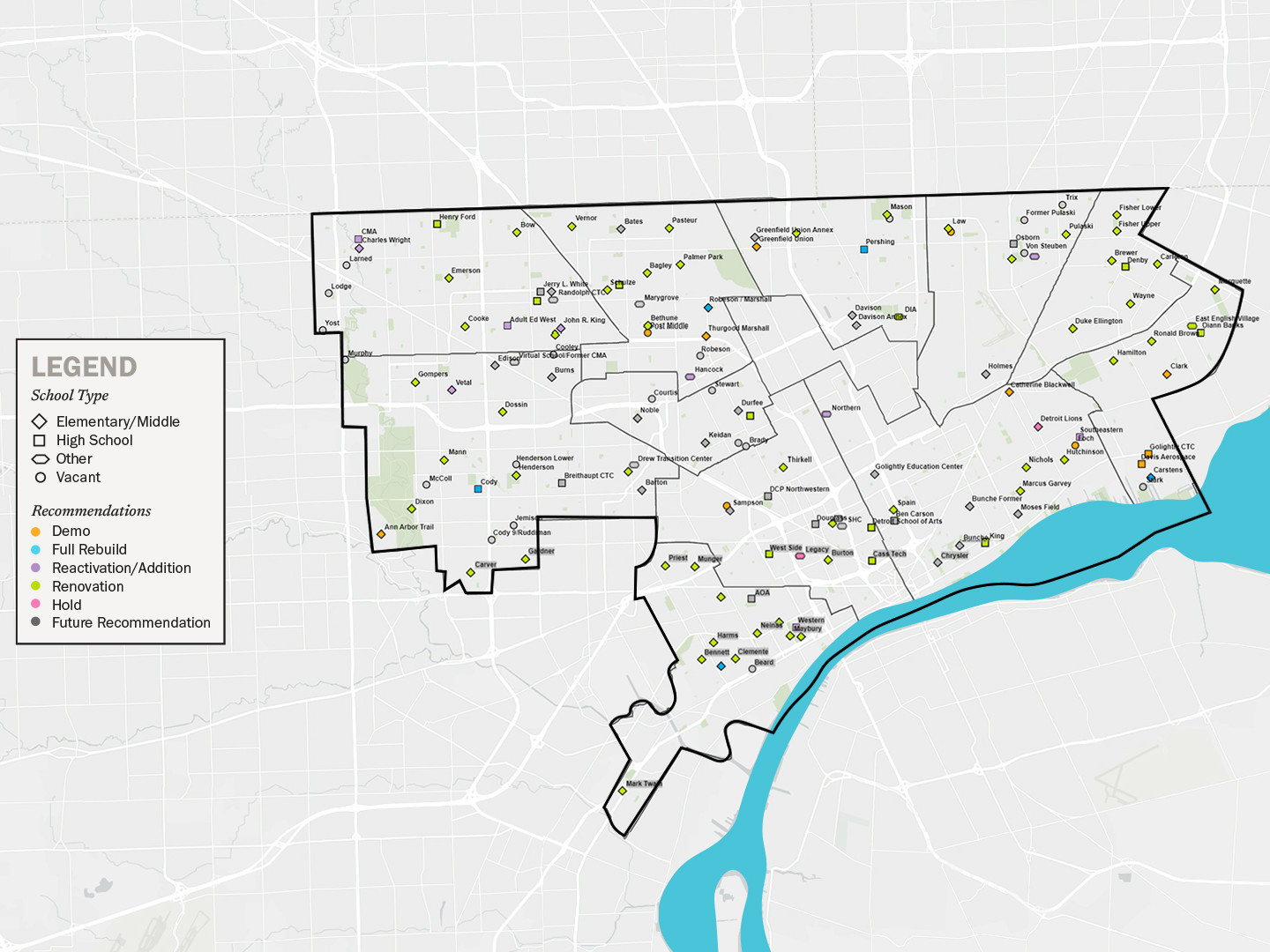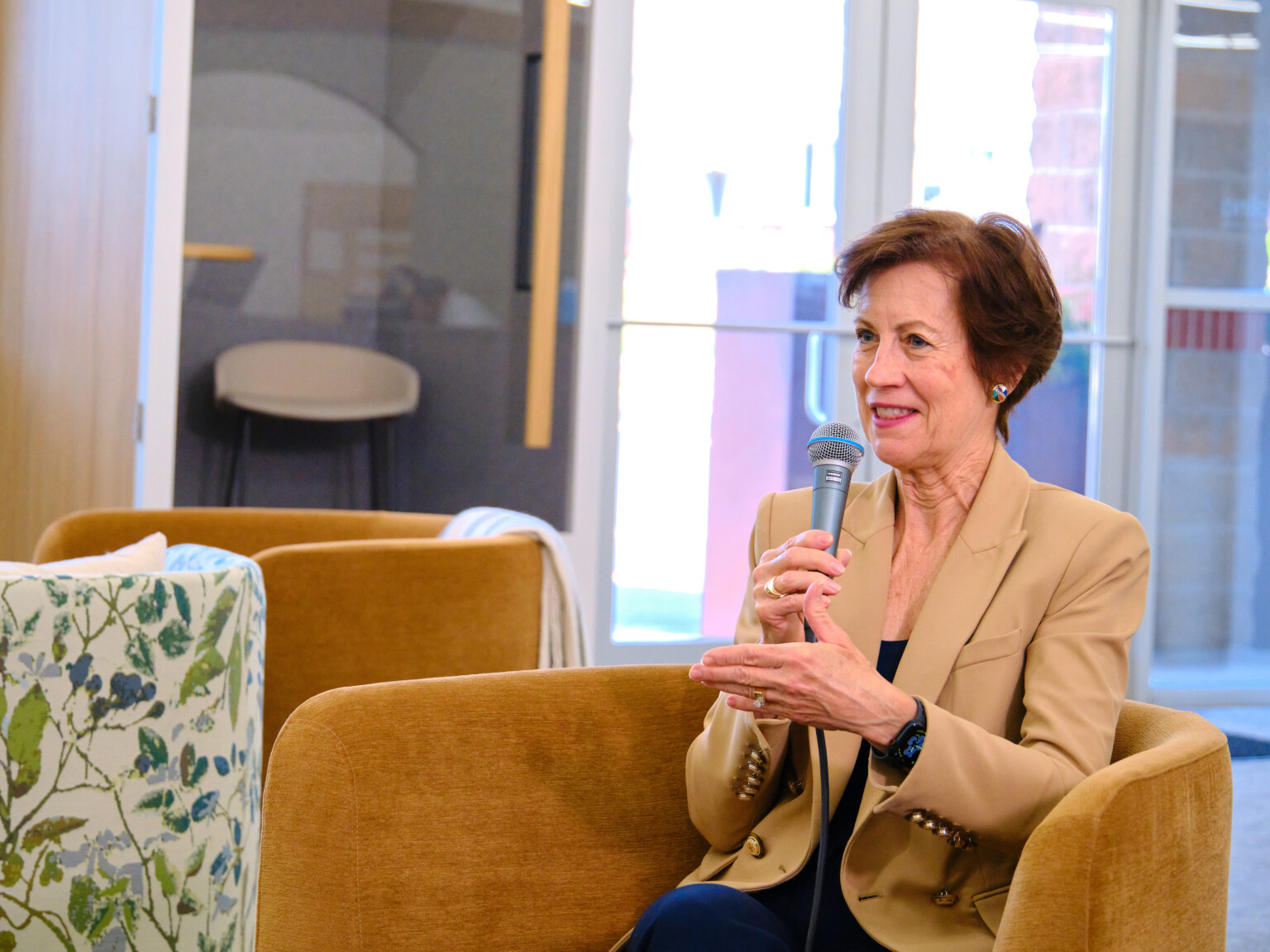
- Bowling Green City Schools Educational Facilities Master Plan






The Resilience Lab with Rex Miller: Shaping Schools with Bold Vision and Care
September 4, 2024Principal and Senior Planner Judy Hoskens, Assoc. AIA, Fellow-A4LE, was a participant in Rex Miller's Resilience Lab Roundtable, hosted by Imagine a Place Productions.
Read More